The Ultimate Guide to Cabbage Planting
Precautions, Techniques, and Solutions for Maximum Yield
Precautions for cabbage planting are fundamental knowledge for every commercial grower aiming to optimize yield, quality, and profitability. This comprehensive guide integrates global agronomic expertise, addresses common cultivation challenges, and provides data-driven solutions, supported by scientific research and field trials, to help you excel in cabbage production.
1 Introduction to Modern Cabbage Cultivation
Cabbage is a globally significant crop, cultivated extensively across continents to meet demand for fresh markets, processing, and export. Successful cultivation requires a deep understanding of plant physiology, soil science, and pest management. Modern practices emphasize precision nutrient management and sustainable soil health, moving beyond traditional methods to achieve higher productivity. This guide synthesizes expertise from leading agricultural institutions and field trials to provide actionable strategies for large-scale growers.
The global brassica vegetable market, which includes cabbage, is evolving with an increased focus on sustainable fertilization and integrated pest management. This underscores the importance of informed decision-making for commercial growers .
2 Essential Precautions for Cabbage Planting
Precautions for cabbage planting begin long before seeds are sown. Understanding and mitigating risks early is fundamental to a successful harvest.
2.1 Site Selection and Soil Preparation
Site choice is critical. Cabbage requires full sun and well-drained soil with a pH between 6.0 and 6.8. Avoid low-lying areas prone to waterlogging, which fosters root rot. Conduct a thorough soil test to determine baseline nutrient levels and organic matter content. The Food and Agriculture Organization of the United Nations (FAO) emphasizes that proper land preparation, including deep tilling to alleviate compaction, is vital for strong root development.
2.2 Climate and Timing Considerations
Cabbage is a cool-season crop, with optimal growth occurring at temperatures between 15°C and 20°C (59°F – 68°F). It can tolerate light frost, which can even improve sweetness. Soil temperatures should be consistently above 4°C (39°F) for direct seeding or transplanting. Planting too late in spring, exposing young plants to high temperatures, can lead to bolting (premature flowering). Utilize weather monitoring tools and historical data to determine the optimal planting window for your region.
2.3 Pathogen and Pest Prevention in Seedlings
Source certified disease-free seeds or transplants from reputable suppliers. To protect against soil-borne pathogens like Plasmodiophora brassicae (cause of clubroot) and Fusarium spp., consider treating seeds or soil with a biological fungicide. Using our microbial-agent root-promoting-type, which establishes beneficial rhizobacteria, can offer protection and enhance early root growth, reducing susceptibility to diseases.
3 Advanced Cabbage Planting Techniques
Implementing advanced planting techniques can significantly improve uniformity, yield, and resource efficiency.
3.1 Precision Transplanting and Plant Spacing
For large-scale operations, using precision transplanters ensures accurate spacing, which is crucial for head development. Optimal spacing varies by variety:
Small-headed varieties: 30-40 cm (12-16 inches) between plants, 45-60 cm (18-24 inches) between rows.
Large-headed varieties: 50-60 cm (20-24 inches) between plants, 60-75 cm (24-30 inches) between rows.
Adequate spacing improves air circulation, reduces disease pressure, and allows for efficient mechanization.
3.2 Drip Irrigation and Water Management
Drip irrigation is highly recommended for commercial cabbage production. It delivers water directly to the root zone, minimizing evaporation, suppressing weed growth between rows, and keeping foliage dry—drastically reducing the incidence of foliar diseases like downy mildew. According to research aggregated by Agrimoney, consistent moisture management is critical for preventing head splitting and achieving uniform head size 1. Avoid overwatering, especially close to harvest, to prevent head splitting.
3.3 Integrated Weed Management
A combination of cultural, mechanical, and chemical methods provides effective weed control. Use stale seedbed techniques, shallow cultivation (taking care not to damage shallow cabbage roots), and targeted pre-emergent herbicides. Maintaining a consistent weed-free environment, especially during the first 4-6 weeks after transplanting, is crucial to prevent competition for water and nutrients.
4 Common Cabbage Growing Problems and Scientific Solutions
Even experienced growers face challenges. Here are evidence-based solutions to common pain points.
4.1 Head Formation Issues
Poor head formation can be caused by several factors: transplanting oversized seedlings, nutrient imbalances (particularly boron deficiency), temperature fluctuations (especially high temperatures), and pest damage.
Solution: Ensure timely transplanting of young, vigorous seedlings. Maintain consistent soil moisture and ensure adequate boron levels. A foliar application of our amino-acid-trace-elements-liquid, which supplies crucial boron and other micronutrients chelated with amino acids for efficient uptake, can be beneficial. Research cited in the International Journal of Plant Biology has shown that balanced micronutrient application can improve head formation rates and uniformity .
4.2 Clubroot (Plasmodiophora brassicae)
This soil-borne disease causes swollen, misshapen roots, stunting growth and potentially killing plants. It persists in soil for many years.
Solution: Implement long crop rotations (at least 4-7 years) with non-brassica crops. Raise soil pH to 7.2 using lime to inhibit the pathogen. Select resistant varieties when available. For a biological approach, applying our microbial-agent anti-replant-type at transplanting can help suppress soil-borne diseases through competitive exclusion and stimulate root development for better plant health.
4.3 Cabbage Worm and Other Lepidopteran Pests (Imported Cabbageworm, Cabbage Looper, Diamondback Moth)
These pests chew holes in leaves, damaging the outer leaves and potentially contaminating the head.
Solution: Monitor adults with pheromone traps. Apply biological insecticides like Bacillus thuringiensis (Bt) or spinosad, which are effective against caterpillars while being safe for beneficial insects. For a systemic approach, strengthening plant vigor is key. Applications of potassium-humate-granules at planting enhance root mass and plant robustness, making plants less susceptible to pest damage. The FAO promotes integrated pest management (IPM) strategies that include soil health as a core component of pest prevention.
4.4 Black Rot (Xanthomonas campestris pv. campestris)
This bacterial disease causes V-shaped yellow lesions on leaf margins and can lead to severe yield loss.
Solution: Use disease-free seeds and practice crop rotation. Avoid overhead irrigation which spreads the bacteria. Remove and destroy infected plant debris. Copper-based bactericides can offer some protection if applied early.
4.5 Tip Burn
This physiological disorder manifests as necrotic margins on inner leaves, caused by calcium deficiency within the developing head, often triggered by irregular water supply that disrupts Ca transport.
Solution: Maintain consistent soil moisture through drip irrigation. Avoid excessive ammonium nitrogen fertilization, which can antagonize calcium uptake. Apply a soluble calcium source directly to the foliage during head development. Our calcium-magnesium-fish-protein-liquid provides readily available calcium chelated with organic compounds, facilitating efficient plant uptake. A study noted in ScienceDirect found that amino acid-chelated calcium was effective at reducing tip burn incidence in brassicas.
5 Data-Driven Fertilization Strategy for Cabbages
A stage-specific nutritional program is essential for high yields and quality heads. Cabbages have distinct nutrient demands at each growth phase.
5.1 Base Fertilization and Soil Building
The foundation of cabbage nutrition is built at planting. Incorporate well-decomposed organic matter (about 2 tonnes per hectare) to improve soil structure and water-holding capacity. For a cost-effective solution, growers can use a compost accelerator to process on-farm materials. We recommend applying a balanced base fertilizer rich in phosphorus to encourage strong root establishment.
Recommended Product: Our slow-release-organic-fertilizer, applied at 2 tonnes per hectare during bed preparation, provides a steady release of macro and micronutrients and boosts soil organic matter. Alternatively, our small-molecule-organic-fertilizer, derived from high-temperature cracked chicken manure, offers a more concentrated and readily available organic amendment.
5.2 Vegetative Growth Stage Nutrition
From transplanting through the early stage of growth, nitrogen is critical for building a large, photosynthetic canopy. Phosphorus and potassium are also vital for root development and overall plant vigor.
Recommended Product: npk-water-soluble-fertilizer 30-10-10+te provides a high-nitrogen blend with essential (trace elements) to fuel vigorous vegetative growth. Apply through fertigation every 2-3 weeks during this stage.
5.3 Head Initiation and Development Nutrition
As plants transition to head formation, nutritional needs shift. Potassium becomes increasingly important for water regulation, stress tolerance, and quality, while nitrogen should be maintained but not over-applied.
Recommended Product: Switch to a balanced or high-potassium formula like our npk-water-soluble-fertilizer 21-21-21+te initially, then to npk-water-soluble-fertilizer 10-5-45+te as heads begin to form. This supports solid, dense head development. A foliar spray of mkp (0-52-34) provides a highly efficient source of phosphorus and potassium directly to the leaves. Supplementing with our lignite-humic-acid-powder, which can be tank-mixed or applied through drip, enhances nutrient uptake efficiency.
6 Harvest, Post-Harvest, and Soil Replenishment
Proper timing and handling preserve quality and market value. Post-harvest soil management ensures sustainability.
6.1 Determining Harvest Readiness
Harvest cabbages when heads are firm and solid to the touch and have reached the desired size for the variety. The head should be fully formed and the outer leaves may begin to lose some of their glossy appearance.
6.2 Post-Harvest Handling
For fresh market sales, retain a few wrapper leaves to protect the head during transport. Cool heads quickly to 0°C (32°F) and maintain high humidity (95-98%) for storage to reduce water loss and maintain crispness.
6.3 Post-Harvest Soil Replenishment
Replenishing nutrients removed by the crop is essential for long-term field health. After harvest, incorporate crop residues and apply a balanced biological amendment to kickstart decomposition and nutrient cycling.
Recommended Product: Apply our /microbial-agent/anti-replant-type/ at a rate of 50-100 kg per hectare. This product introduces beneficial microbes that break down organic matter, suppress soil-borne diseases that can linger on debris, and fix atmospheric nitrogen, preparing the field for the next rotation crop. The USDA National Agricultural Library’s AGRICOLA database highlights the role of post-harvest cover cropping and microbial inoculation in maintaining soil vitality and breaking pest cycles.
7 Conclusion: Integrating Knowledge for Success
Successful cabbage farming on a commercial scale is a complex but manageable endeavor. It hinges on a proactive approach to Precautions for cabbage planting, precise water and nutrient management, and integrated solutions to common pests and diseases. By adopting a scientific, data-driven strategy that leverages modern fertilizers and biologicals, growers can significantly enhance yield, quality, and profitability while fostering sustainable soil health for future seasons.
The strategies and products outlined here are designed to address the core challenges faced by commercial growers. We invite you to explore our comprehensive range of agricultural solutions tailored for large-scale production at our /shop/.
If you are interested in this article, or have any questions that need to be answered, You can find us at any time through the chat icon in the lower right corner of the webpage.
Of course, you can also check out our other social media (such as Linkedin) to learn more about us.
Authoritative References:
Food and Agriculture Organization of the United Nations (FAO): http://www.fao.org
Agrimoney: https://www.agrimoney.com
Agricola Database (USDA National Agricultural Library): https://agricola.nal.usda.gov
ScienceDirect: https://www.sciencedirect.com
CAB Abstracts: https://www.cabi.org/publishing-products/cab-abstracts/
International Journal of Plant Biology: (Reference from specific study on micronutrients in cabbages would be listed here)
AgWeb: https://www.agweb.com
University Extension Services (e.g., Cornell University, University of California Agriculture and Natural Resources)
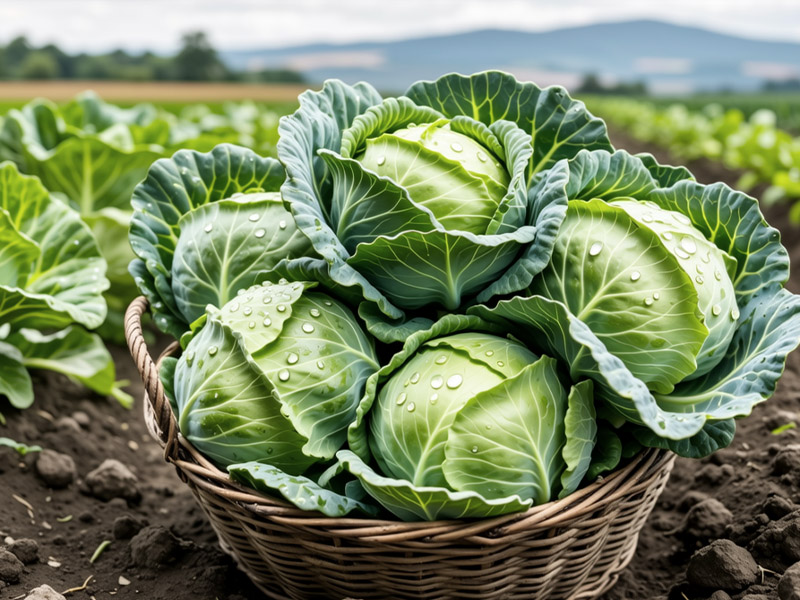
Perfectly formed cabbages grown with our balanced NPK fertilizer! 🌱 Market-ready with tight heads and vibrant color.
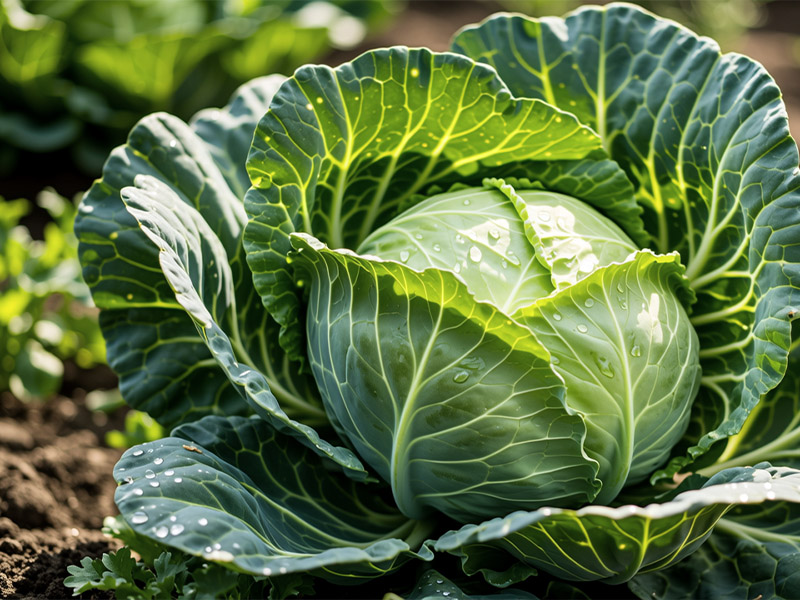
Strong root development = dense heads! Our calcium-rich formula prevents tip burn during growth.
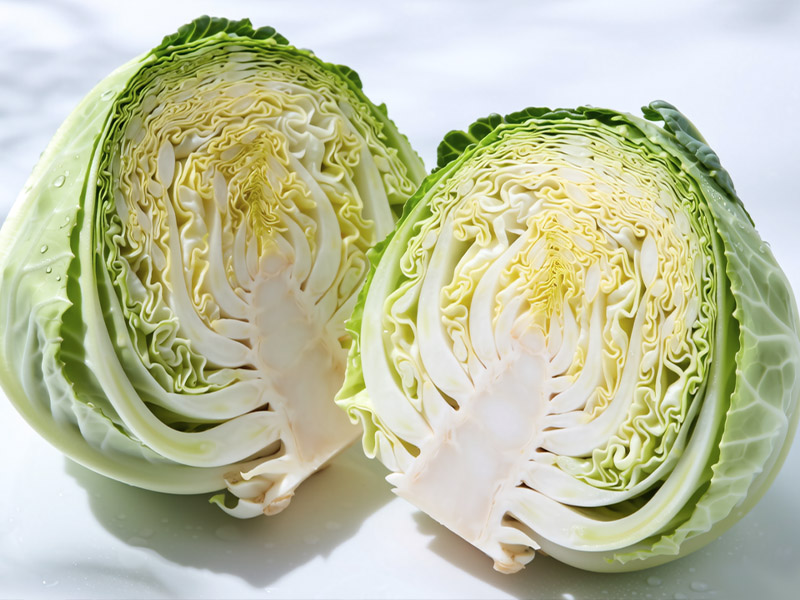
See the difference! Thick, crisp leaves with our foliar spray – longer shelf life & better texture.
Cabbage fertilizer
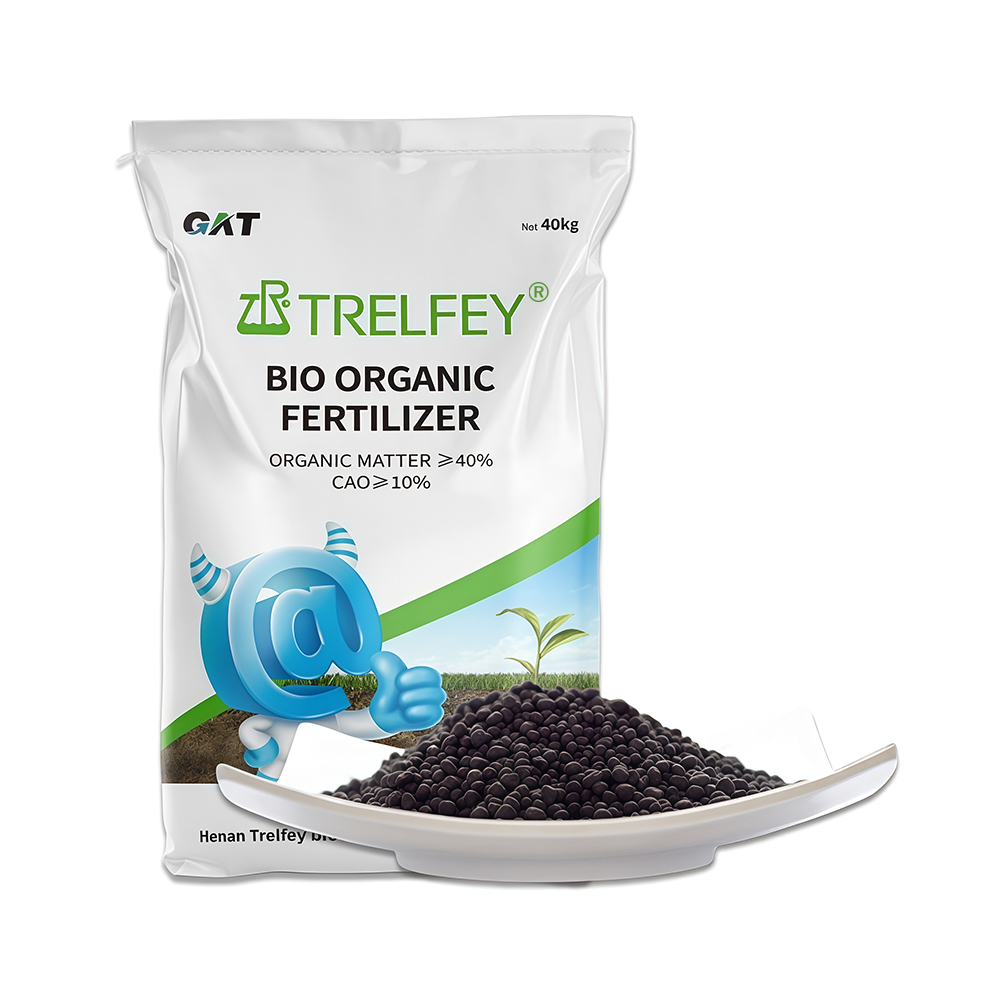
Bio-organic fertilizer
Organic matter ≥40%, CaO≥10%
The number of beneficial live bacteria ≥0.20 billion/g
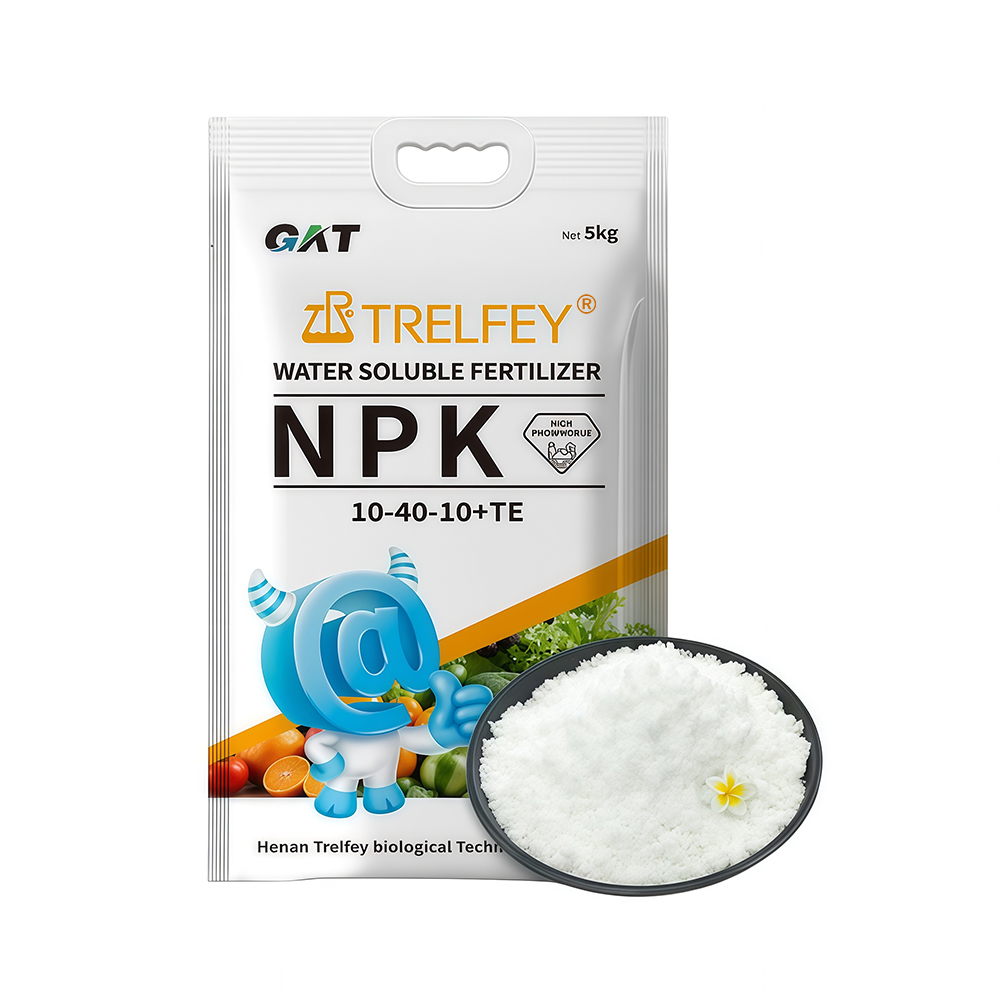
Water soluble fertilizer
Protect the roots and nourish the roots, protect the buds and protect the flowers
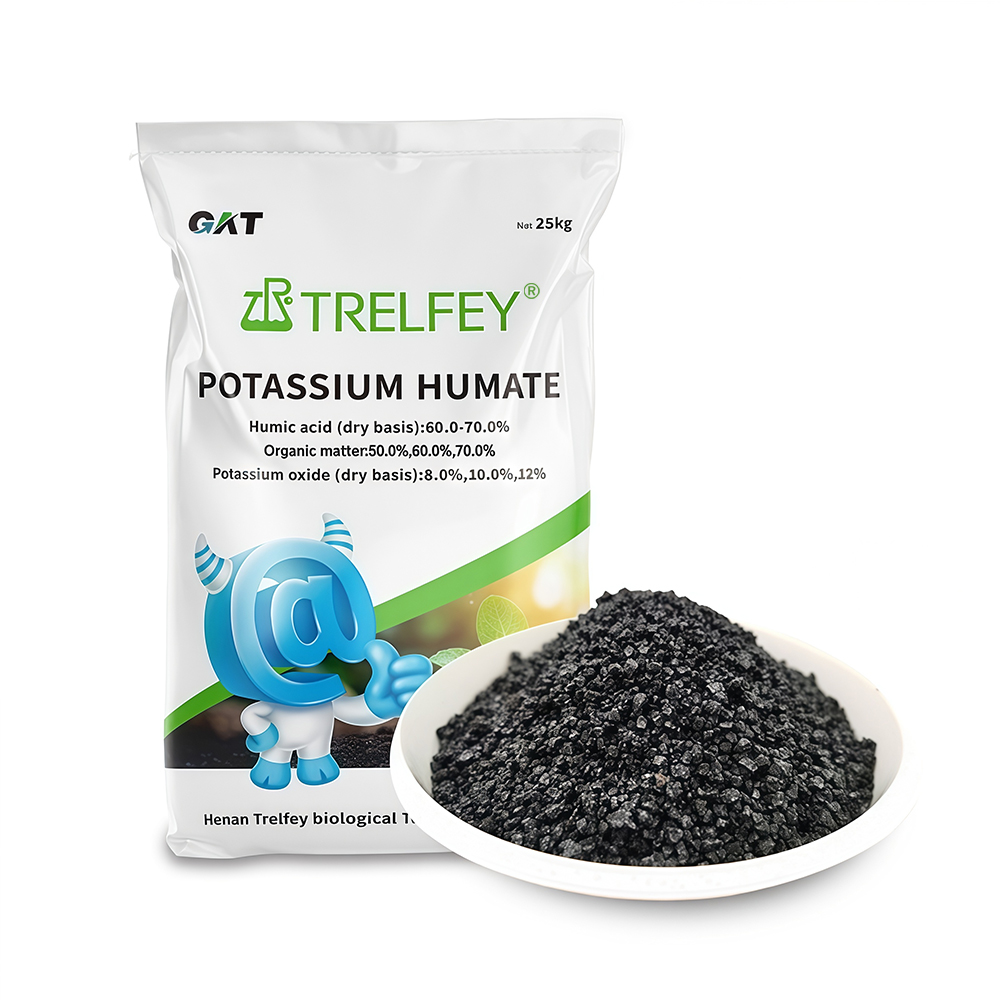
Potassium humate granules
Humic acid (dry base): 60.0-70.0%
Total nutrient (KOO): 8.0%-12.0% (customizable)
